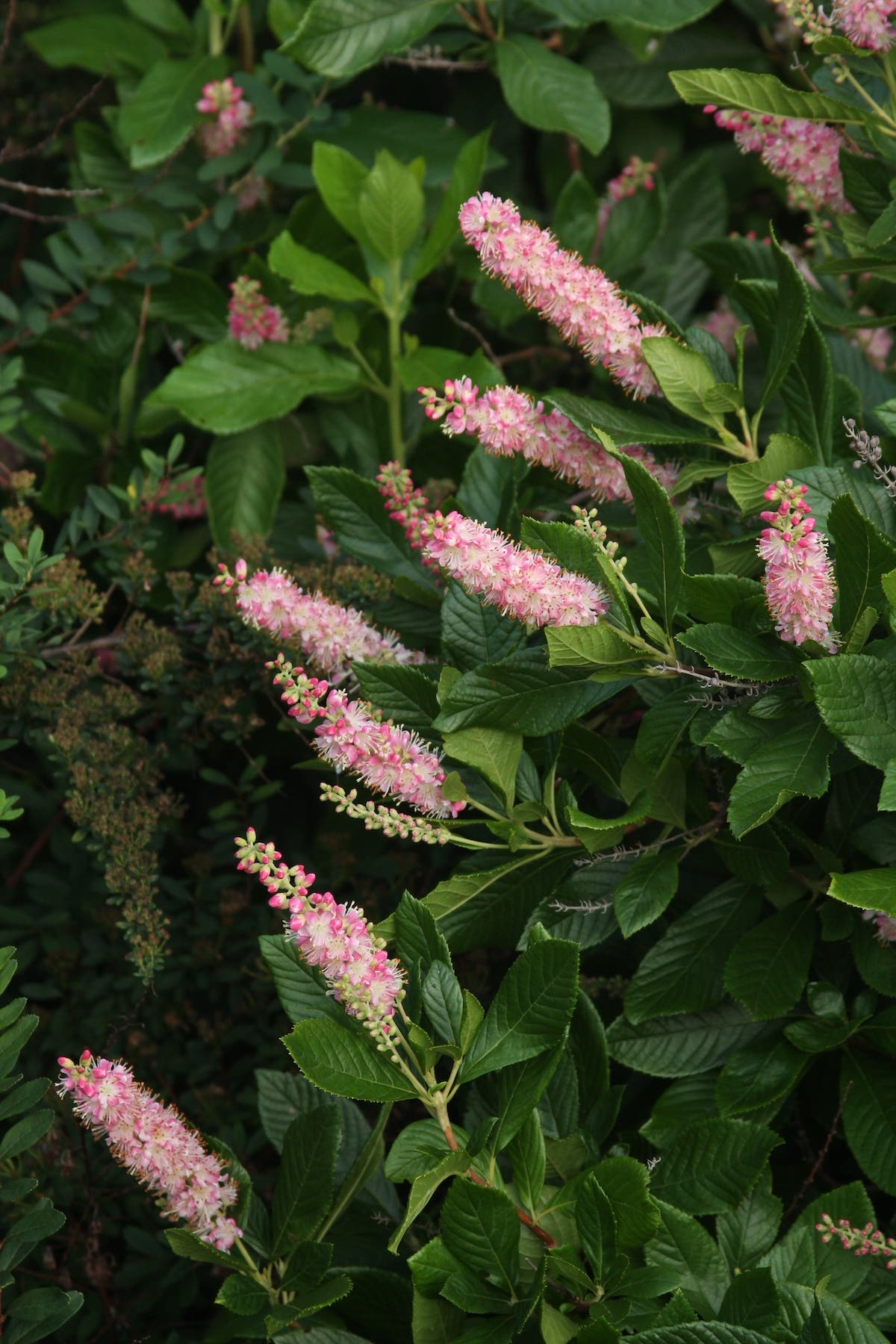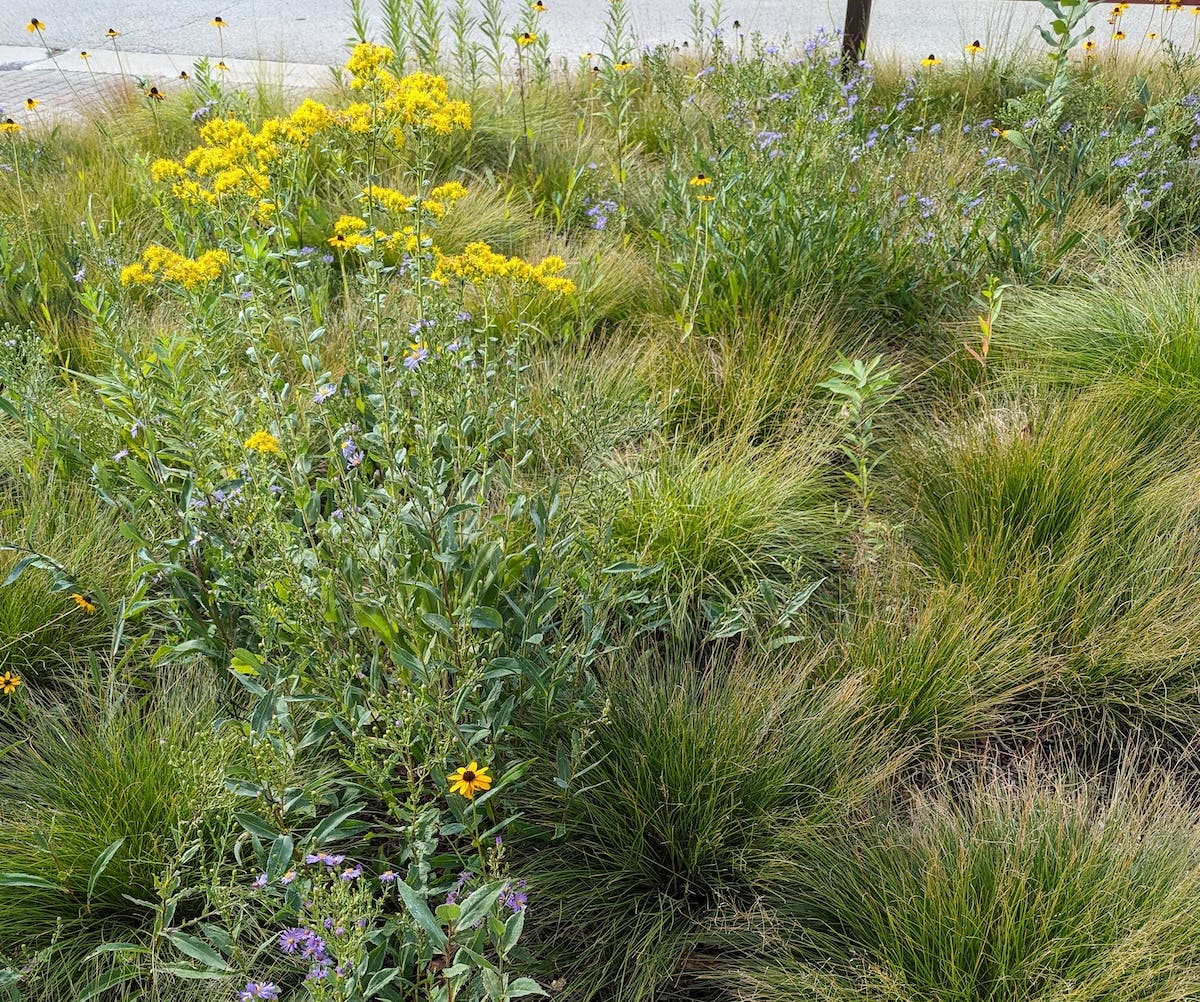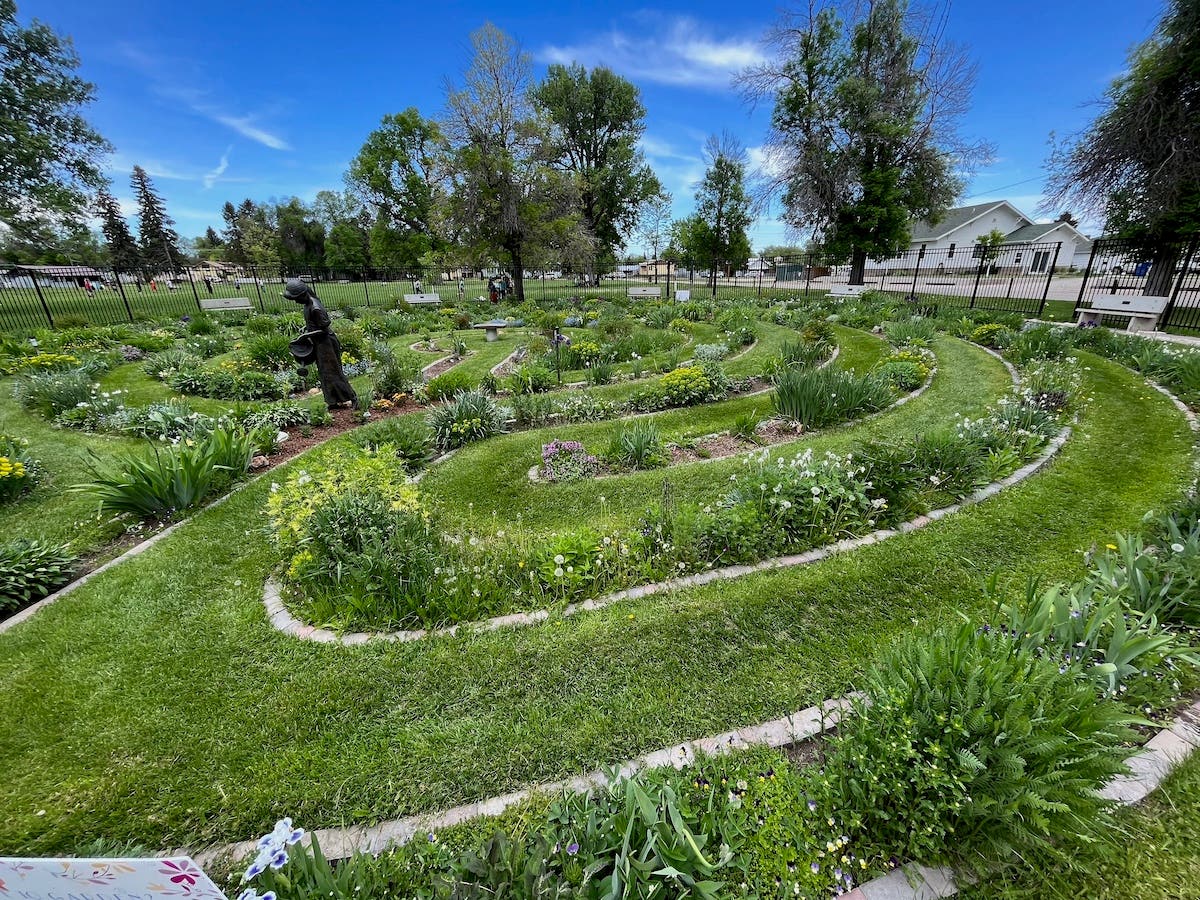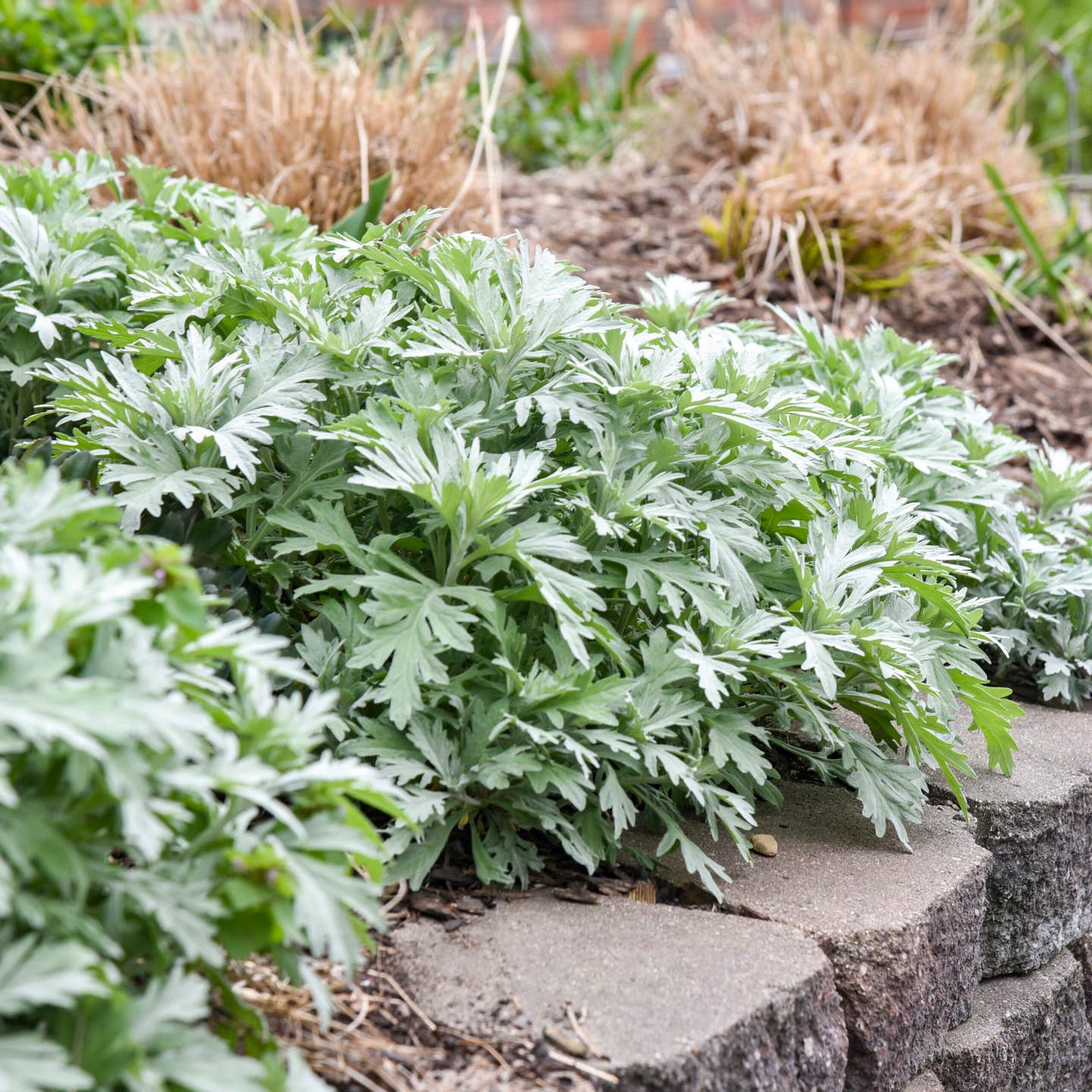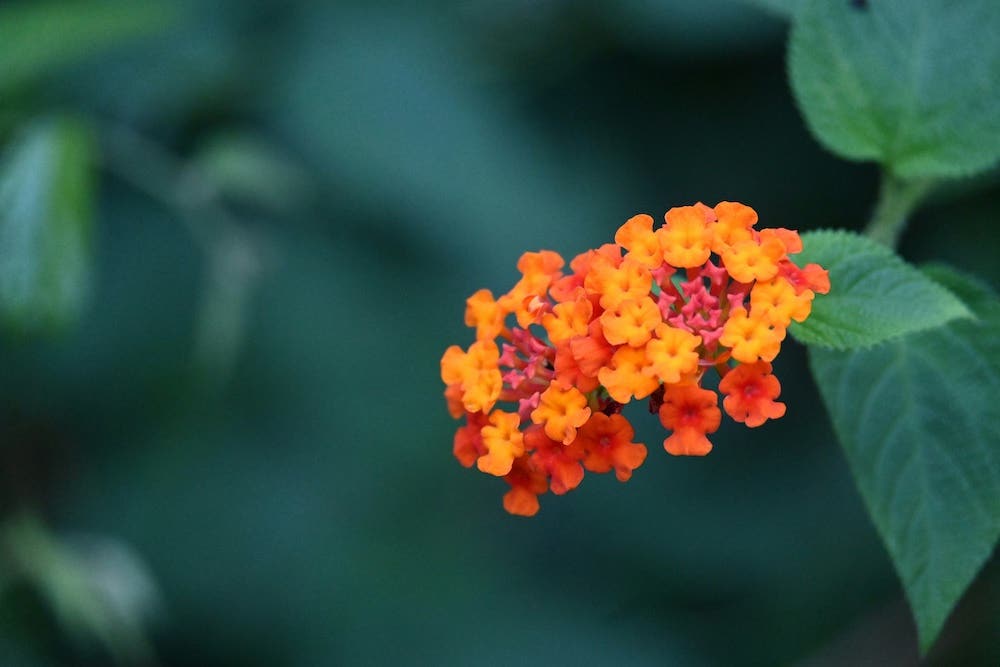Plan a Butterfly Garden
A successful butterfly garden must support butterflies at all stages of their lives. Learn what plants will attract butterflies to make your garden their home.
Watching butterflies flit about the garden all season long inspires both my art and my soul. As a pastel artist, I find my greatest inspiration in the great outdoors amid the flora and fauna I’ve discovered it’s a simple task to appropriately plant my gardens to support all stages of a butterfly’s life cycle.
Hosting Caterpillars
In order to host butterflies each summer, it’s imperative the garden offers food plants for the spring and summer caterpillars that will morph into those butterflies. It must also contain host plants for the larvae. Each species has a specific food plant or family of plants upon which they feed. Most of the caterpillars of familiar butterflies feed on trees or on plants that are categorized as weeds. By allowing some border areas to remain natural we can easily provide necessary food plants for the future butterflies.
For example, I keep a number of small wild cherry (Prunus) seedlings in my yard to provide food for the caterpillars that will be reborn as red spotted purples. Elm (Ulmus) and hackberry (Celtis) seedlings also spring up, and rather than remove them I keep them pruned back. Their fresh growth will attract red spotted purple butterflies to lay eggs on them.
Many herbs are excellent food sources for caterpillars. Female black swallowtails lay eggs on parsley, fennel, dill and rue (Ruta graveolens). Giant swallowtail larvae also feed on rue. Orange, swamp and tropical milkweeds (Asclepias) attract female monarch butterflies to lay eggs; their caterpillars will feed well. Passionflower vine (Passiflora incarnata) is a lovely climbing native plant here in Tennessee, with spectacular complex flowers that bloom in midsummer. It’s a food plant for gulf and variegated fritillary larvae. I grow passionflower on a small trellis and enjoy both its flowers and the butterflies it brings to my yard.
Feeding Butterflies
Adult butterflies require nectar plants for food to give them the energy necessary for flight. Though many flowers contain nectar for butterflies, there are a few superstar performers. In late August, a lush butterfly bush (Buddleia davidii), full of blossoms and great spangled fritillaries and monarch butterflies, offers a list to our tired gardening spirits. We can watch those winged wonders while we wait for the cooler, colorful days of autumn. Butterfly bush is available in a variety of colors, provides dozens of fragrant blooms from July through fall and is the queen of all nectar plants. It’s a must for the butterfly garden.
The butterfly garden should also include the tough, drought-tolerant bloom of the coneflower (Echinacea purpurea), with cultivars of many colors. It will invite the great spangled fritillary. Drought-tolerant Brazilian verbena (Verbena bonariensis) brings grace to the garden with its long-stemmed purple flowers. Cut it back after the first wave of flowers to encourage rebloom later in the season. Many types of butterflies enjoy this overlooked super performer.
To invite eager swarms of butterflies into your yard, plant butterfly milkweed (Asclepias tuberosa). It’s easily grown from seed and has become a favorite at garden centers in recent years. And don’t forget the familiar zinnia (Zinnia angustifolia). It’s a favorite for butterflies of all types, and it gives our garden a much-needed dose of wonderful late-summer color.


